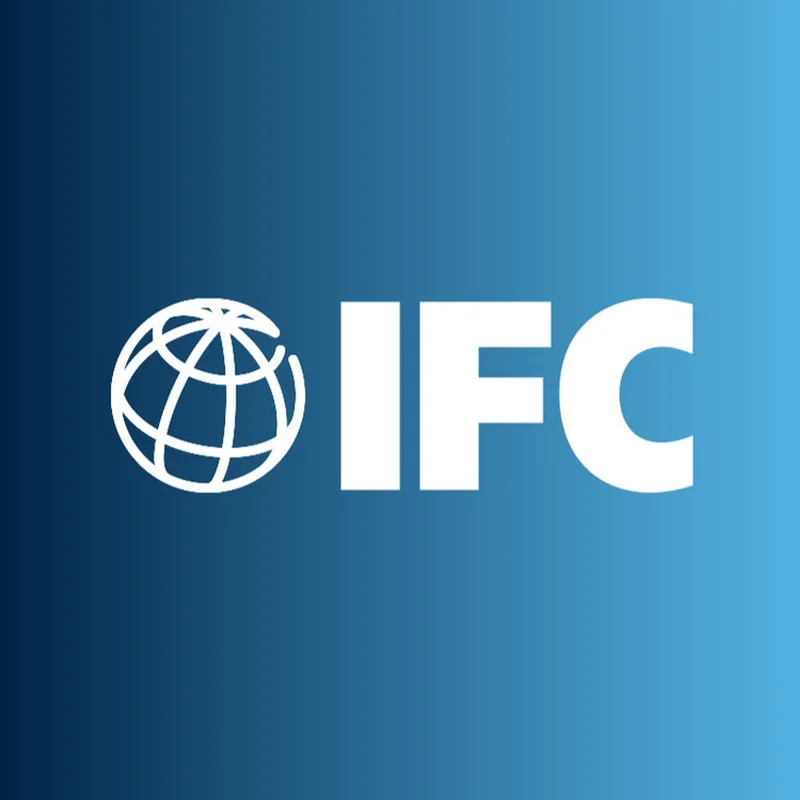The first rule of data analysis is deceptively simple: define your terms. Without a stable definition, you’re not analyzing a signal; you’re just swimming in noise. Which brings me to "IFC." The acronym is a perfect case study in semantic chaos, a three-letter variable that can represent anything from a globe-spanning development bank to a rogue college fraternity operating without university oversight.
If you’re an investor, a parent, or just a curious observer, the distinction isn’t just academic—it’s the entire story. On one end of the spectrum, you have an institution with a $71.7 billion commitment portfolio. On the other, you have a student-led council whose founding members were suspended for, among other things, forced alcohol consumption and hazing. They share an acronym. They share nothing else. And in that gap lies a significant risk of misinterpretation.
Let's start with the heavyweight in the room: the International Finance Corporation, a member of the World Bank Group. This is the IFC that appears in press releases from global law firms like White & Case and in the portfolios of major private equity funds. Its mandate is clear: use capital and expertise to create markets and opportunities in developing countries. The numbers are substantial.
We see the IFC making a strategic equity investment of CNY270 million (approximately US$37.3 million) into Fosun United Health Insurance in China. The stated goal is to expand health coverage and long-term care services, aligning with the World Bank's ambition to extend health services to 1.5 billion people by 2030. The transaction documents, detailed in releases like White & Case advises IFC and ADB on strategic equity investments in Fosun United Health Insurance, are layered with commitments to green bonds, digital upgrades, and financial literacy programs for women. It’s a clean, institutional narrative backed by verifiable capital.
Similarly, in Poland, the IFC is part of a consortium investing in POLMED, a private healthcare group with revenues of more than EUR 100 million in 2024. The capital is earmarked for expansion, specifically the acquisition of a leading oncology center. Again, the players are established, the goals are defined, and the financial structure is transparent. This is the IFC as a predictable, institutional force.
I’ve looked at hundreds of these kinds of investment filings, and the pattern is always the same: large capital flows, clear strategic objectives, and a thicket of legal and financial advisors ensuring every detail is buttoned up. This is the "signal" version of IFC. But what happens when the term is co-opted by entities operating on the complete opposite end of the risk and oversight spectrum? This is where the data gets messy, and where any serious analysis can go completely off the rails. What are the precise metrics used to measure the success of these "social impact" investments? Are they held to the same rigorous ROI standards as a purely commercial venture, or is there a different, less quantifiable scorecard at play?

Now, pivot to a press release from the "State College IFC." This is the Interfraternity Council at Penn State, an independent, student-run body. The local newspaper recently reported that the Student-led State College IFC adds two frats that were suspended by Penn State. On the surface, it sounds innocuous. But the context is everything. Both fraternities were suspended by Penn State University for confirmed findings of hazing.
According to the university, the allegations that led to Acacia's suspension included members seeking medical care after "forced alcohol and tobacco consumption, acts of servitude and extended periods of required participation without adequate rest." Sigma Pi was investigated for "alleged physical and mental abuse, forced consumption of alcohol, forced consumption of undesirable substances, forced physical activity, and forced servitude." Both fraternities chose to withdraw from university recognition before the conduct process concluded. Now, they’ve found a home in this new, self-governing IFC.
The university’s official stance is that this council is "deeply concerning" and "rogue," warning that with no oversight, these groups "have a greater potential to threaten the well-being of those who participate." This isn't just institutional boilerplate; it's a clear red flag.
Comparing the World Bank's IFC to the State College IFC is like analyzing a blue-chip utility stock and an unregulated, off-exchange crypto token that happen to share a ticker symbol. One is defined by its stability, global reach, and immense regulatory framework. The other is defined by its explicit rejection of oversight and a history of high-risk behavior. One is investing hundreds of millions to improve healthcare; the other was formed, in part, to get around reforms put in place after a student died from excessive drinking in 2017.
The ambiguity doesn't stop there. A quick search for "IFC" also brings up trading signals for Intact Financial Corporation (IFC:CA), discussions about the future of In-Flight Connectivity (IFC) in the airline industry, and schedules for the IFC film channel. Each is a distinct entity with its own data set, its own risks, and its own audience. Lumping them together is an analytical fallacy of the highest order.
So, what is the value of the term "IFC"? Zero. It is an empty container. Its meaning is entirely dependent on the data that surrounds it. An algorithm scraping headlines for "IFC investment" could easily conflate a World Bank development project with a rogue fraternity’s recruitment drive. The lesson here is fundamental: labels are shortcuts, and shortcuts in analysis are dangerous. The real work isn't in tracking the acronym; it's in rigorously verifying the entity behind it. In the world of data, context isn't just king—it's the entire kingdom. Without it, you’re not making an investment; you’re making a guess.